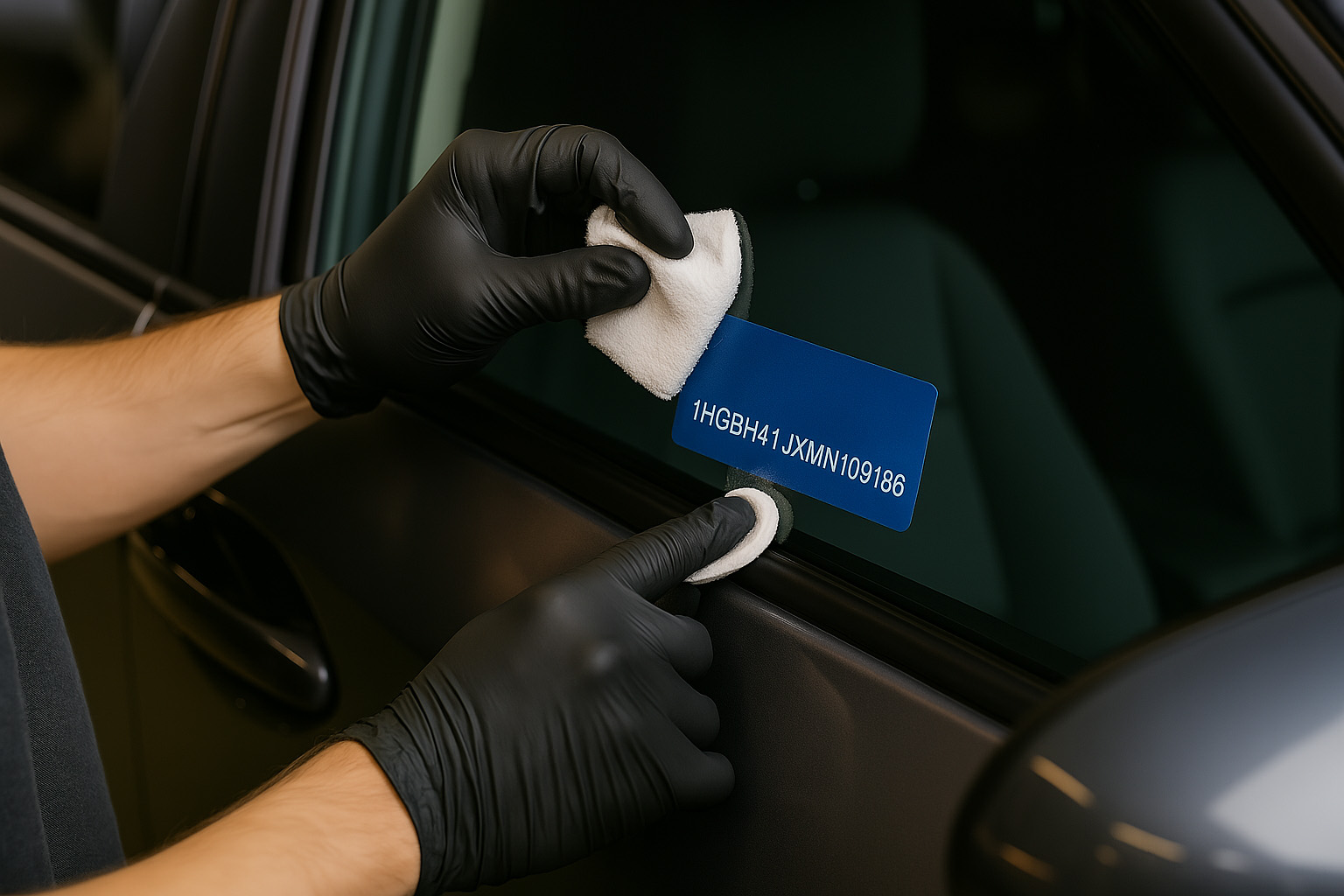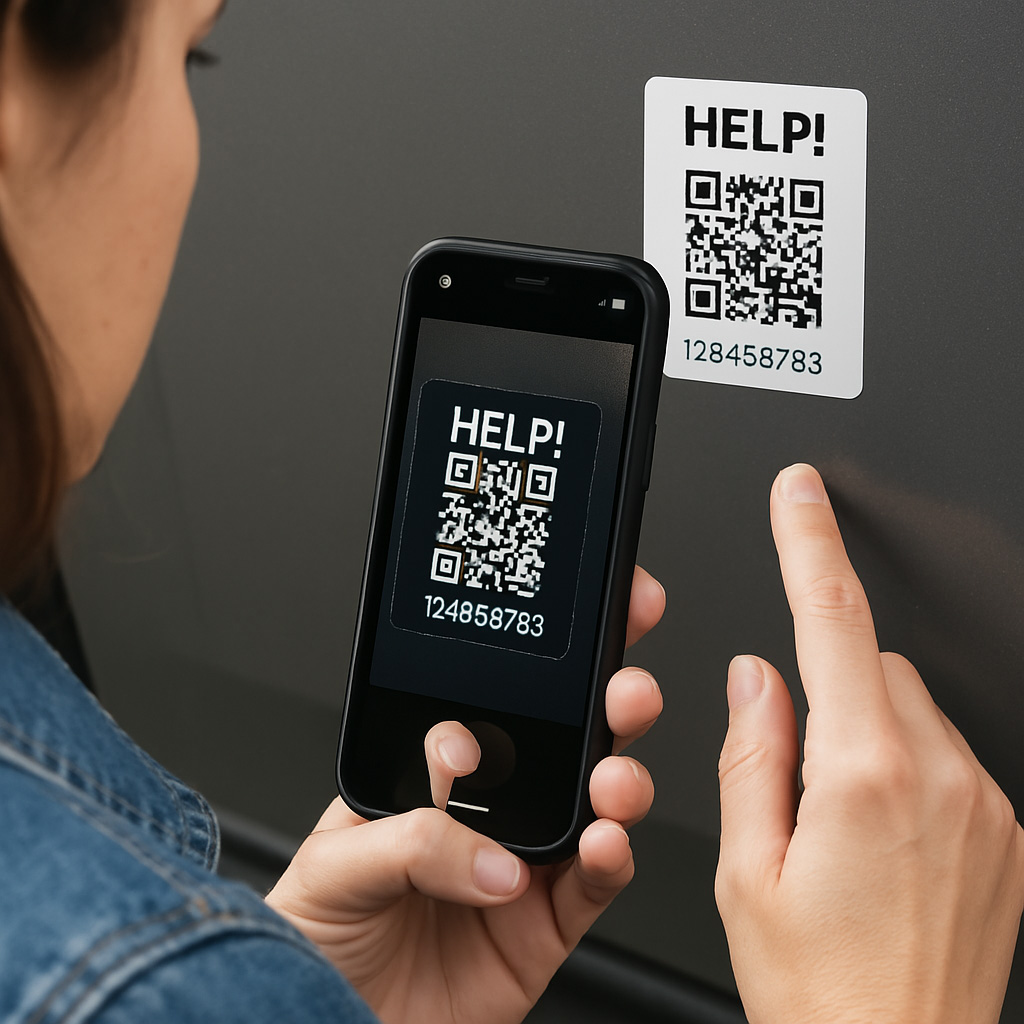Auto theft continues to impact communities across the country, with losses exceeding $8 billion annually despite a notable decline in stolen vehicles last year. Whether you're a concerned driver or an industry professional, understanding these trends is essential to safeguarding your ride.
![[interface] image of software dashboard integration (for a legal tech)](https://cdn.prod.website-files.com/image-generation-assets/13d9bb10-f8ba-4a7c-8600-5bd61b1efcf6.avif)
![[background image] image of auto parts](https://cdn.prod.website-files.com/687e823758dd37fbe0f9b75a/687e9ff0b26b70b97ceeacc7_Powersports.jpg)
![[interface] image of hr software in action (for a hr tech)](https://cdn.prod.website-files.com/687e823758dd37fbe0f9b75a/687fd9e15282dc37b70063b6_nightdealer.jpg)


![[interface] image of a computer showcasing educational software (for a edtech)](https://cdn.prod.website-files.com/687e823758dd37fbe0f9b75a/687fd55ed271db674a4a1b51_theftheatmap.jpg)
States like California, Texas, and Florida continue to rank highest for theft volume, with California alone reporting over 208,000 stolen vehicles in 2024. Per capita, Washington, D.C. leads with an alarming rate of 842 thefts per 100,000 people, followed by California, New Mexico, and Colorado.
![[team] image of individual team member (for a public transportation company)](https://cdn.prod.website-files.com/687e823758dd37fbe0f9b75a/687fda2d40daf8518f6d3461_nightdealer.png)
Certain vehicle models are targeted more frequently due to design vulnerabilities or popularity. In 2024, the Hyundai Elantra topped the list with over 31,000 reported thefts, followed by the Hyundai Sonata, Chevrolet Silverado, Honda Accord, and Kia Optima. Many of these models lack electronic immobilizers or rely on older keyed ignition systems, making them more accessible to thieves.

Multiple factors drive the surge in vehicle thefts, including limited anti-theft technology in older models, viral social media content teaching theft techniques, high demand for resale parts, and low recovery rates. These conditions create a persistent challenge for law enforcement and owners alike.
Marking car parts with unique identifiers—like VINs or traceable codes—acts as a powerful deterrent against auto theft. It makes stolen components harder to sell on the black market, easier for law enforcement to trace, and discourages thieves who rely on anonymity and quick resale. Just like serial numbers on electronics, visible part markings turn every piece into potential evidence.
![[interface] image of software dashboard integration (for a legal tech)](https://cdn.prod.website-files.com/687e823758dd37fbe0f9b75a/687fb7f1f819b6be49cb8723_jet%20skis%20in%20powerspo.jpg)






![[interface]](https://cdn.prod.website-files.com/687e823758dd37fbe0f9b75a/687fb1db6b7ef681c14c8ce7_Dealer.jpg)
![[interface] image of software dashboard integration (for a legal tech)](https://cdn.prod.website-files.com/image-generation-assets/13d9bb10-f8ba-4a7c-8600-5bd61b1efcf6.avif)